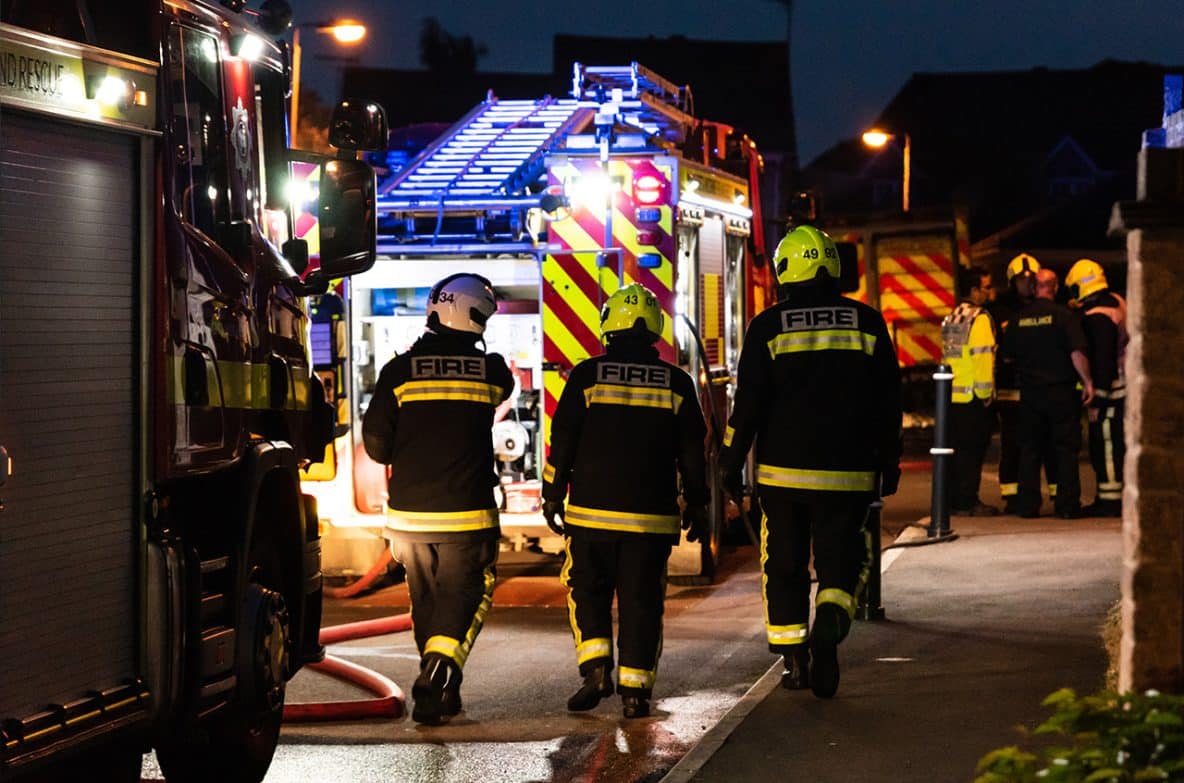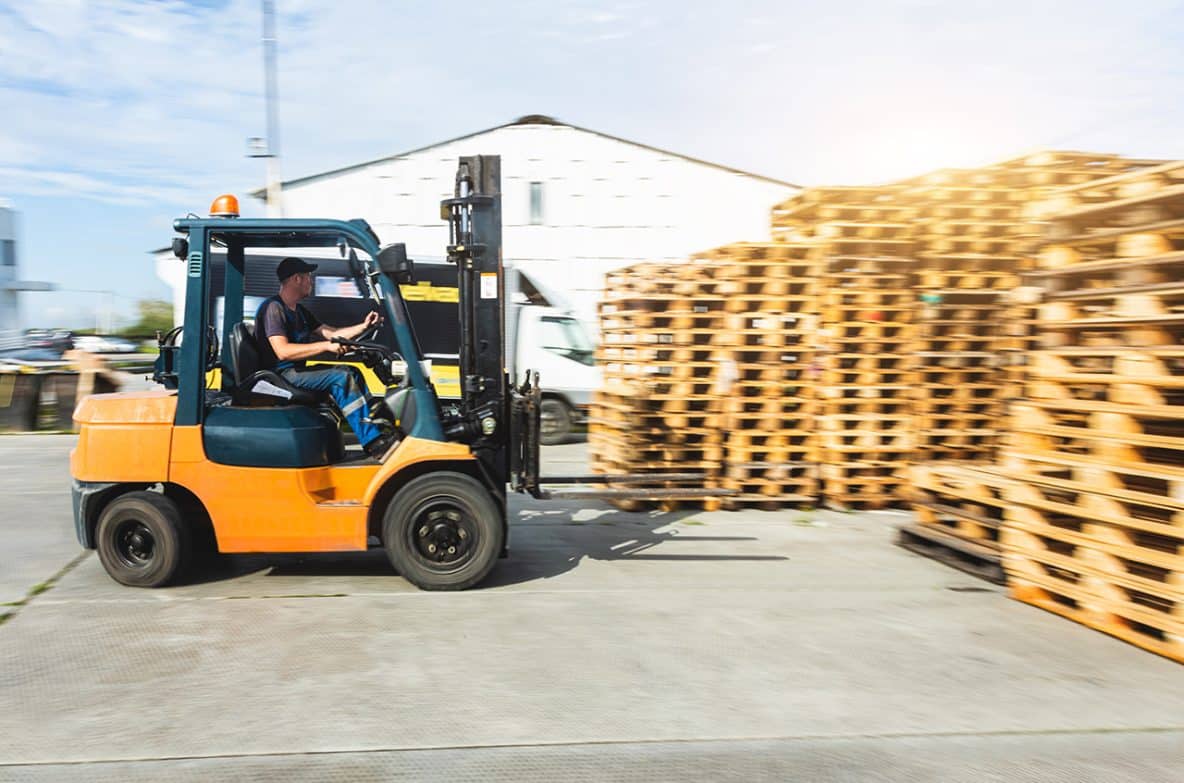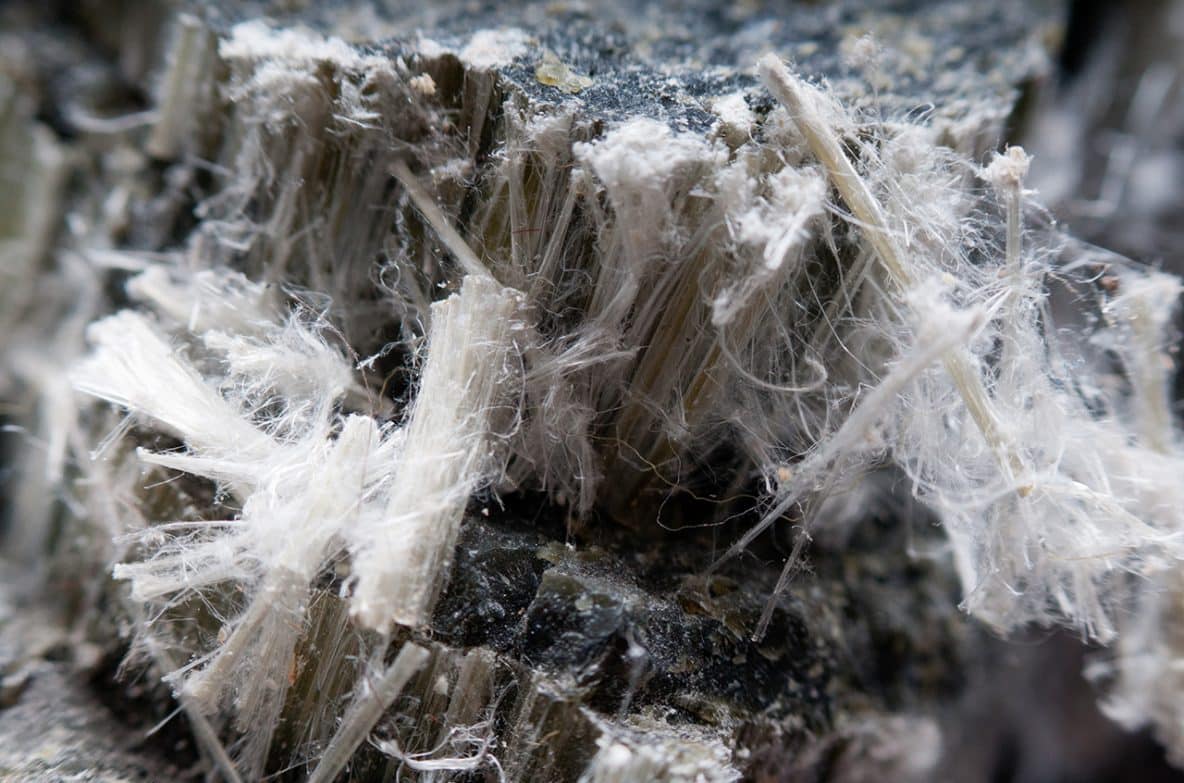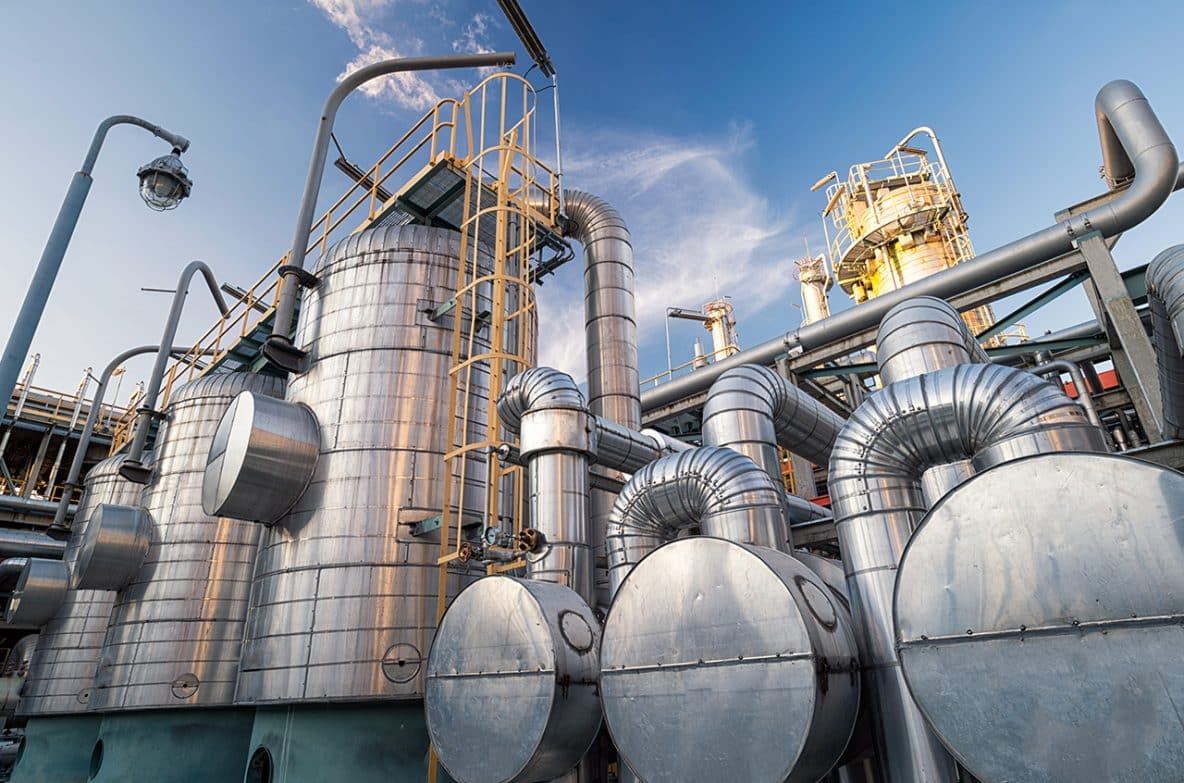Stress is defined by the Health and Safety Executive (HSE) as ‘the adverse reaction people have to excessive pressures or other types of demand placed on them’. Stress can affect a person’s physical and mental health and cause burnout, anxiety, and depression. Stress can be caused by factors at work such as conflicting demands, conflict at work, lack of support … Read More
Regulation deadline approaching for employees working with di-isocyanates
Under the regulations¹, from 24th August 2023, anyone whose work involves use of di-isocyanates either on their own or where the chemical is part of another substance or mixture (except for when in very low concentrations), is required to have completed specific training. Di-isocyanates can be found in many applications including, paints, adhesives, spray foams, sealants, inks and is used in … Read More
New Safety Videos for Boaters using Inland Waterways
A new set of five videos regarding the safe use of inland waterways, have been released by the Environment Agency in partnership with the Canal and River Trust. The videos each cover a different topic and are all around 5 mins in length making them a quick and easy watch. Additionally the animated format of the videos makes them accessible … Read More
Fire Safety Regulations to Come into Force 1st October 2023
As part of the third phase of the Home Office’s fire safety reform programme a series of new fire safety guidance and regulations will come into force in England on the 1st of October 2023. The new regulations follow the first two phases which were the Fire Safety Act 2021 (phase 1) and the Fire Safety (England) Regulations 2022 (phase … Read More
Climate Change Risk Assessment and Adaptation Planning Guidance
The Environment Agency has released guidance on how to effectively integrate climate change risk assessment and adaptation planning into management systems. The guidance is designed for organisation already operating with management systems under an environmental permit. The guidance considers the effects of climate change as a whole rather than specific elements due to the wide range of impacts organisations may … Read More
Updated CONIAC Website
The Construction Industry Advisory Committee (CONIAC) was set up to advise the HSE on health and safety matters in construction, civil engineering and related areas. CONIAC recently launched a new website to share resources and guidance on good practice. The CONIAC website includes various resources and information about networks and working groups, this can be accessed at: https://www.coniac.org.uk/ If you … Read More
Angle Grinder Disc Safety Alert
The Office for Product Safety and Standards (OPSS), has issued a safety alert regarding Toothed Saw Blade Attachments being sold for use with angle grinders, this follows a previous alert regarding Chainsaw Disc Attachments also being sold for use with angle grinders. In summary the issue is use of a chainsaw disc accessory or toothed saw blade on an angle … Read More
LPG FLT Safety Alert
The UK Material Handling Association (UKMHA) recently published a safety alert regarding possible fire risks associated with LPG forklifts. This alert is to raise awareness of problems starting LPG powered trucks from cold due to a build-up of deposits in the ignition system. Unburnt LPG passing through the truck’s engine could cause a fire risk. The safety alert gives advice … Read More
HSE Launch Asbestos and You Campaign
Work Right is a campaign initiative launched by the HSE which aims to help smaller businesses and workers. This provides guidance on a number of work related health and safety matters including mental health, musculoskeletal disorders and conditions that affect the back, joints and limbs and lung disease. As part of this overall campaign the HSE recently launched Asbestos & … Read More
New Guidance for the Production of ‘Blue’ Hydrogen
On 3rd February 2023 the Environment Agency published new guidance on the production of hydrogen from methane with carbon capture. The guidance is intended to help potential producers with permit applications and to ensure they minimise environmental impacts. The majority of hydrogen is currently produced through the use of fossil fuels in a process which involves heating a mixture of … Read More









